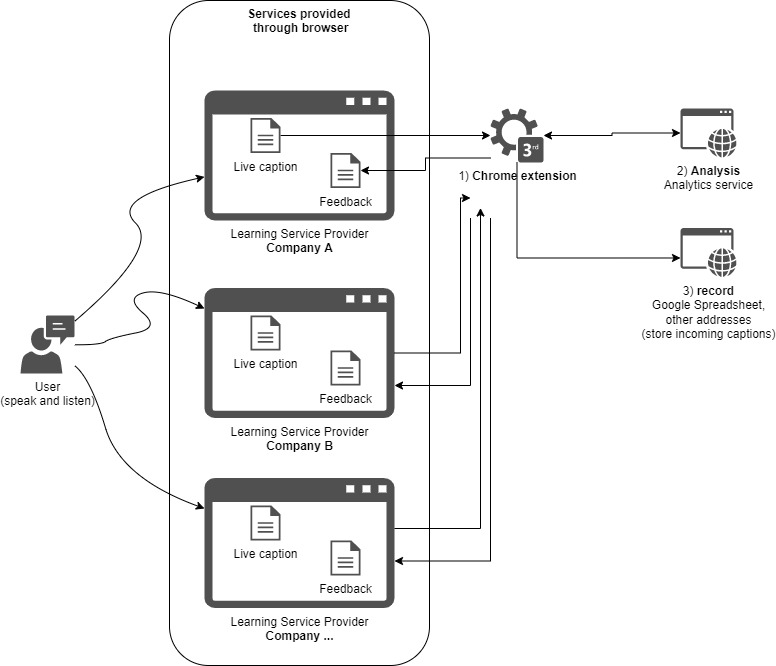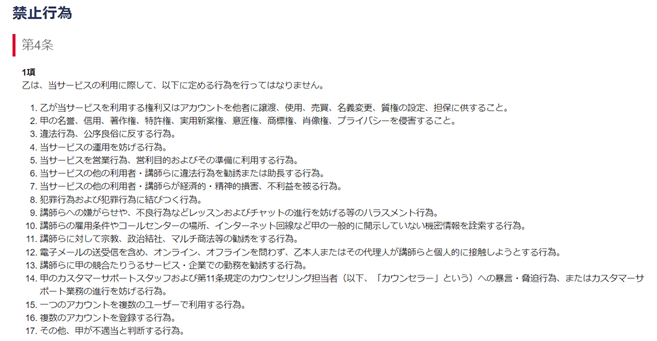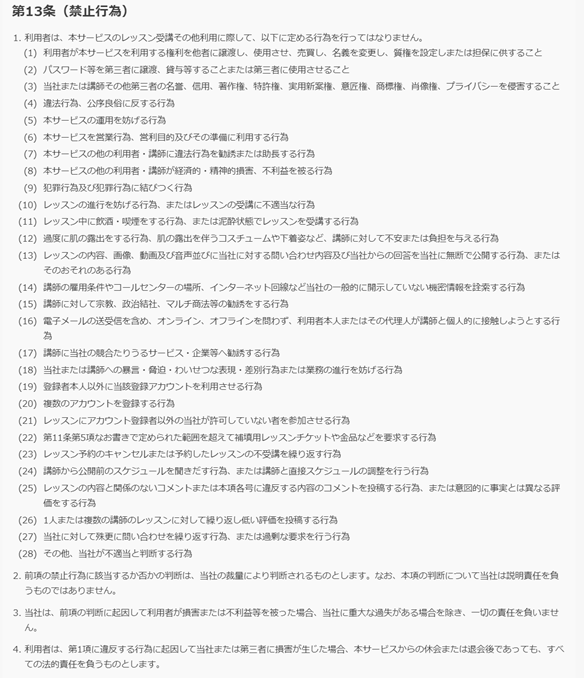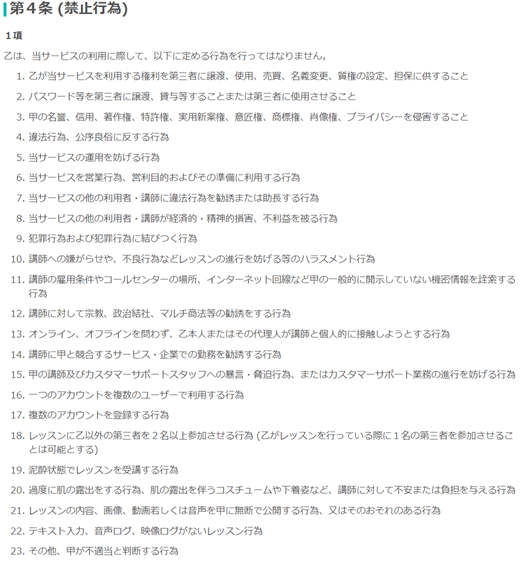Here are some thoughs on learning and more effective utilty of services. (Thank you in advance for your feedback on the name that attracts and appeals far less and on other parts of this idea, if you are thinking about sarcastic or directly negating comments, ever.)
Can we create (of course, if not already) open-source softwares (and its associated services) that help a learner aggregate learning services effectily so that the learner use (language) learning services, or other services, to its fullest, by giving actionable advice to learners? The "aggregator" will act as intermediaries between the learner and service providers, and provide real-time recommendations on how the learner can interact with others. Be it learning session, conversation or discussion.
First of all, I am very,very, very reluctant to lead or own such a software or service for many reasons for now. If the crowd can reach a sufficient mass to join forces, let's do it together 😉 This "aggregator" project can be perceived as an extension to my other project, "Own voice"., but I hope both are considered independent ideas. I ask others to feel free to copy, improvise and deepen ideas.
Here is what I think. An OSS application can work alongside with any services. It can suggest how I can act when I use language learning services, and, of course, can assist my learning through the rich records of past interactions across available or accessed services. It will benefit learners in the following aspects.
Benefits
1. vendor free (not vendor lock-in)
The aggregator allows users to switch from one vendor to another by recording interactions and by allowing learners to plan how they learn, without worrying too much about loosing the records of learning activities and outcomes.
2. unleash the full potential of the counterpart (tutor or teacher)
It is the nature of education services that service operators have different levels of quality in many parts of experiences. In a rare event, the learner meets an online tutor with less experience and may feel insufficiently guided in their learning. If this occurs, the aggregator can suggest how to tackle the situation by giving practical suggestion that the learner can tell to the tutor. Or, the aggregator can simply recommend actions to improve the skills of the learner.
3. integrate other touch points, if the learner prefers
Learners can maximize the outcomes by recordning interactions and seeing prompts in as many touch points where learning can take place in myriad situations. One type of verbal interaction can happen in a language learning service while another instance can be just a casual conversation with a friend. Other occasions may include watching YouTube video where the learner may want to keep the record of certain scenes.
Offerings
1.guide interactions with a tutor
This feature suggests what to say to the instructor leading the session. For example, it will prompt the learner when
1 (a) the learner exptects more supports
The system may advise how to ask the instructor to inform their mistakes in utterances.
2. notify the learner about learning recommendations
2 (a) what to do to learn more efficiently on the spot
2 (a) i. grammartical recommendation
When the user makes a mistake, the learner can be prompted in real-time so that the person can self-adjust the behavior. The mechanism behind the "aggregator" servicers can use any available options such as Grammar correction from OpenAI (available at https://beta.openai.com/examples/default-grammar) and language-tool-python from LanguageTool (at https://pypi.org/project/language-tool-python/), and many others.
2 (a) ii. removal suggestion
When the learner utters some phrases they like to avoid, the system can notify the error at desired interval and the counts of use.
2 (a) iii. all others.
Interactions can take any forms as shown here (https://akinorioyama.com/live-caption-analytics/) and here in the list in Features section (https://github.com/akinorioyama/live-caption-analytics/blob/main/README.md#features) as examples. Feel free to innovate.
Figure: aggregate learning information
An "aggregator" service will consume interactions of a learner and provide suggestions throughout their entire learning experience.
In this example, the learner can use Company A to learn how to speak. Then, the person switches to another provider. Finally, they start to use the services from both companies, company B and company C. The "Aggregator" should guide the learner so that the learner can learn effectively even when the perceived quality of company A is below the learner's expectation. It may also help the learner to switch to another provider.

Limitations and threats
1. service providers may renew their terms of use to protect the interests of providers
Snapshots of terms of use/service of major providers
Here are screenshots of rules outlined by providers as of Feburary 1, 2022. Currently, none of the selected service providers has a clause that prohibits learners from recording sessions in any format. I respect their lawful terms and conditions so that companies can operate and provide their services safely and smoothly. Hereby, I declare that I have no intention to critisize proclaimed the rights.
| 1 (a). Rarejob | 1 (b). DMM eikaiwa | 1 (c). NativeCamp | |
| https://www.rarejob.com/rule/ (of Mar. 15,2021) | https://eikaiwa.dmm.com/terms_of_use/ (of Jan. 11, 2022) | https://nativecamp.net/tos (of June 29, 2021) | |
 |  |  |
Potential countermeasure that will limit the rights of learners may come from a new legal enforcement. If not available to date (as tweeted below). Let me know if you know any articles in any law.
Past, embarrasing Tweets of hopes and predictions
Well, I predicted so many futures that are yet to come.